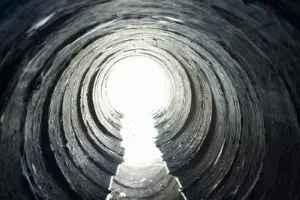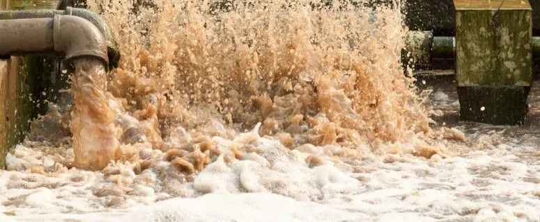You wouldn’t be the first person to forget about their sewer lines until a problem arises. Many people don’t even consider what happens when a toilet flushes or a sink is turned on!
However, you absolutely do notice it when the drain is clogged or the toilet is overflowing and you are due for a sewer cleaning! There are two main types of sewage systems and we are going to have a deeper look into both. Keep reading for more information!
Septic Tank Waste Disposal Systems

If you aren’t sure whether or not your home uses a septic tank, there are a few ways you can tell. Typically homes that are in rural areas and use well water have septic tanks.
Also, if you can’t locate a water meter, don’t pay for sewage, or you know that your neighbor has a septic tank, chances are that you do too!
Now that you have an idea of if you have a septic tank, you should also know how it works. When wastewater and other solids are drained from your home, they flow into a holding tank, which is also referred to as the septic tank.
In this tank, solids sink to the bottom forming sludge while the fats and oils rise to the top forming scum.
Between these two layers of waste is relatively clear water. As more sewage enters the tank, the water flows into a drain field that consists of punctured piping buried in trenches.
It then leaches from these pipes into the soil where nitrogen and phosphorus are removed and it can begin the water cycle again. (Think back to fifth grade where groundwater flows to lakes, water evaporates from them to produce rain, etc.)
City Sewage Systems

If you have found a water meter, or happen to know that your home uses the city’s sewage treatment facility, it is equally important (and interesting) to know how this works.
When your wastewater leaves your home it flows into the sewer main and then into the sewage treatment center. Once it reaches the main destination, the water can be treated up to three times to ensure it is usable and recyclable.
The first stage of this treatment is quite similar to a septic tank in that sludge and scum form. This stage removes up to 50% of contaminants and the water is either treated with chlorine or it flows into a second stage.
The second stage of water treatment involves bacteria consuming up to 90% of contaminants. Once again, the water may be treated with chlorine or moved onto a third stage. If the water reaches the third stage of treatment, chemicals are used to remove nitrogen and phosphorus. Filter beds may also be used before the water is discharged.
Other Ways to Remove Wastewater

While the above treatments are the most popular ways to treat wastewater, they are not the only ones. The physical ways to treat wastewater look similar to septic tanks because they separate the sludge and scum from the water.
An example of this would be a cesspool. Biological water treatment looks similar to the second stage of water treatment but can be as simple as a composting toilet.
Chemical treatment of water is just that--chemical treatment--and typically involves chlorine to help kill off any contaminants. Finally, there is sludge treatment. This method of wastewater treatment can include centrifugal pumps to separate solids from liquids.
Each of these methods is quite effective but varies in cost and maintenance. Hopefully, you’ve enjoyed learning how your household wastewater is removed--if you did, share this with your friends! If you’re having plumbing problems or think you’re in need of a drain cleaning, give C&D Plumbing a call today!

